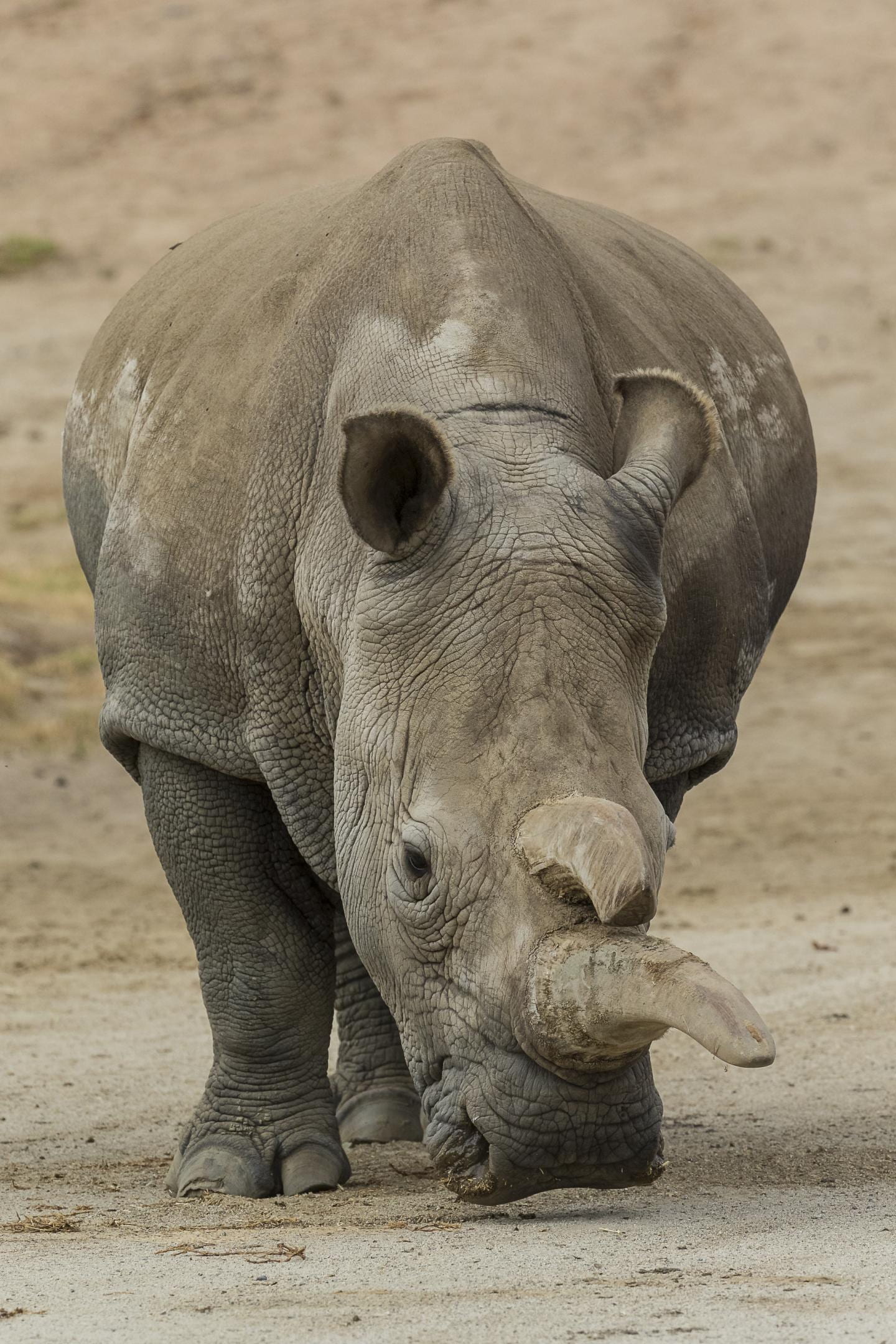COLD SPRING HARBOR LABORATORY PRESS
Earlier this year, the last remaining male Northern White Rhinoceros (NWR) died in captivity, nearly cementing the fate of this subspecies for extinction. In the wild, continuing threats of poaching, habitat destruction, and small population size have contributed to the rhinos’ status as critically endangered. Yet, novel conservation efforts that make use of cryopreserved genetic material could save the NWR, and other threatened species, from extinction.
In a study published today in Genome Research, researchers investigated the genetic history of nine NWR cryopreserved cell lines compared to that of a closely related subspecies, the Southern White Rhino (SWR). Genome analyses demonstrated that the NWR and SWR represent two distinct populations that diverge nearly 80,000 years ago, each with fairly high genetic variation compared to other threatened species. Importantly, genetic analyses of variation and inbreeding facilitated identification of cell lines, which may serve as valuable pools of genetic material for genetic rescue. Lead author Tate Tunstall, of the San Diego Zoo Institute for Conservation Research, emphasized the importance of this finding, stating “the SWR went through a severe genetic bottleneck, but is now the most populous of all forms of rhino at ~20,000 individuals, suggesting that a genetic rescue utilizing these cell lines could be the foundation for a similar recovery in the NWR.”
[ Read More ]


